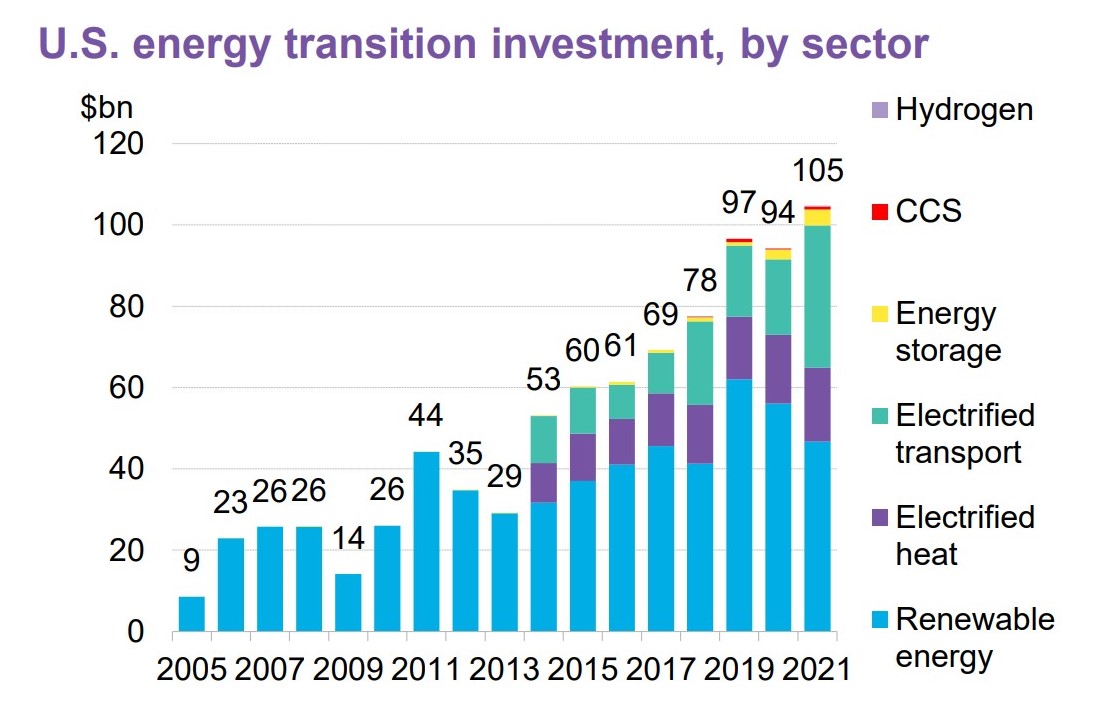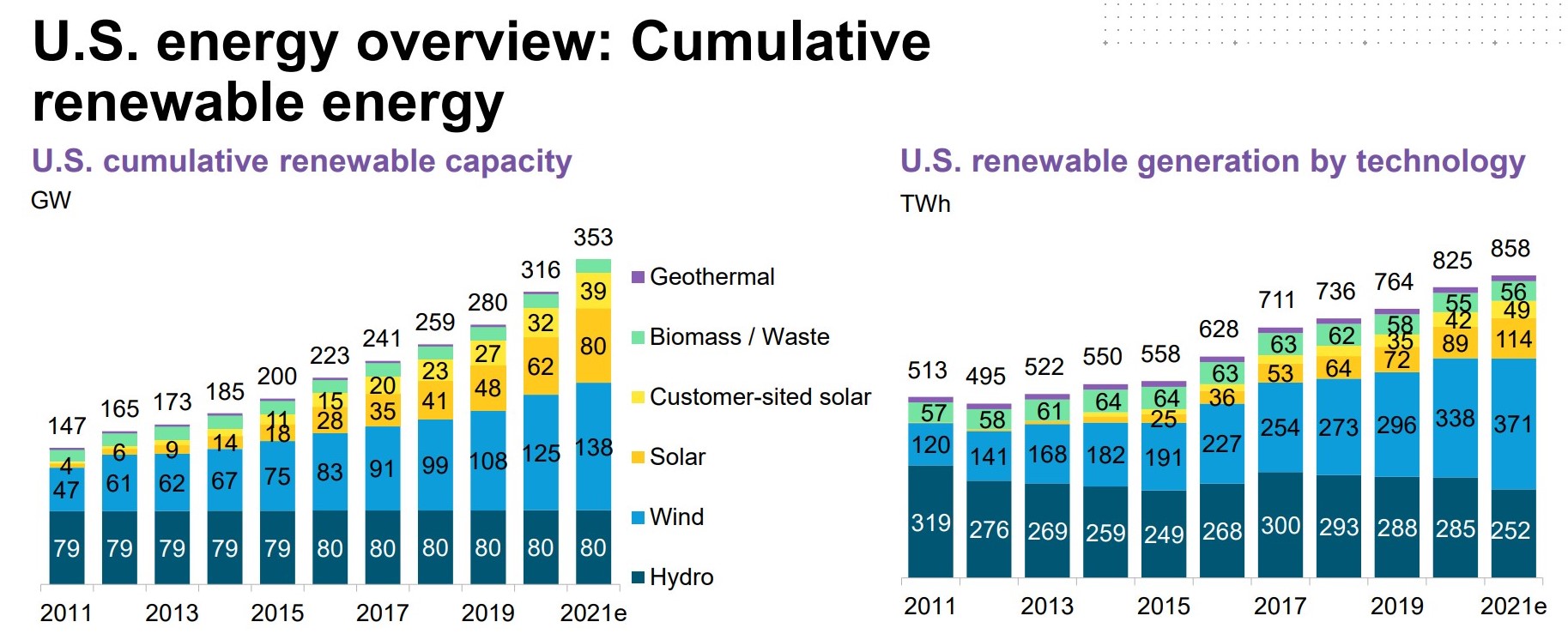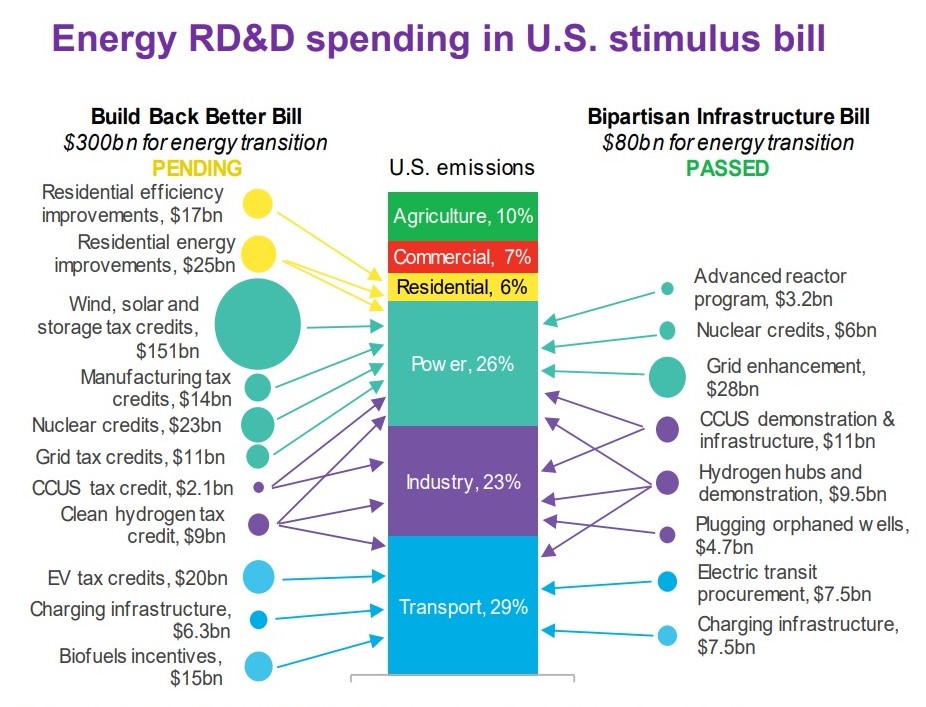Blog | Federal Investment
March 6, 2025
March 9, 2022 | Annabelle Swift, Associate, Clean Energy Business Network
Last week, the Business Council for Sustainable Energy and BloombergNEF released the 10th annual Sustainable Energy in America Factbook. The Factbook provides an overview of the clean energy economy through 2021, with data on policy, finance, economics, deployment, and emissions.
Small businesses are a vital part of clean energy industries – across every type of technology, innovators and entrepreneurs are propelling innovation and making a tangible impact in their communities. 2021 set records for clean energy, including for small businesses.
The CEBN has dug into the data in the Factbook. Here are four trends we’ve pulled out that affect small businesses.
First, start-ups and small businesses were part of overall record-breaking investments in new clean energy assets.

Second, the cycle of innovation continued. Across all types of clean energy, technologies continue to improve and mature. Meanwhile, clean energy technologies that were once novel have become increasingly common.

Federal policy provided cleantech deployment a boost. Although a reconciliation package investing in clean energy is still pending, the Bipartisan Infrastructure Law (BIL) allocated $80 billion in funding for infrastructure supporting the energy transition. The establishment of a new Office of Clean Energy Demonstrations and the reorganization to include a dedicated Secretary of Infrastructure demonstrates new support through the Department of Energy (DOE) to bolster cleantech deployment.

Fourth and finally, clean energy continues to translate into jobs. Although the COVID-19 pandemic had a sizable impact on employment, 3.5 million people in the U.S. were employed in sustainable energy, nuclear, and energy storage sectors in 2020 (when most recent data is available). Tangible impacts of clean energy are visible in every state. Already, announcements of planned manufacturing facilities and deployment continue to spur optimism about jobs in clean energy.
For more information, download the full Factbook.